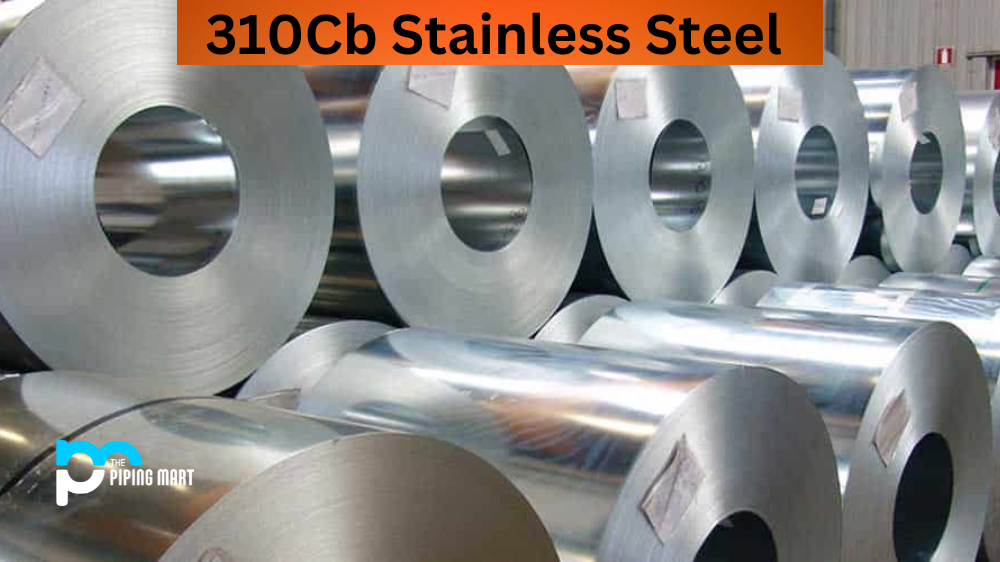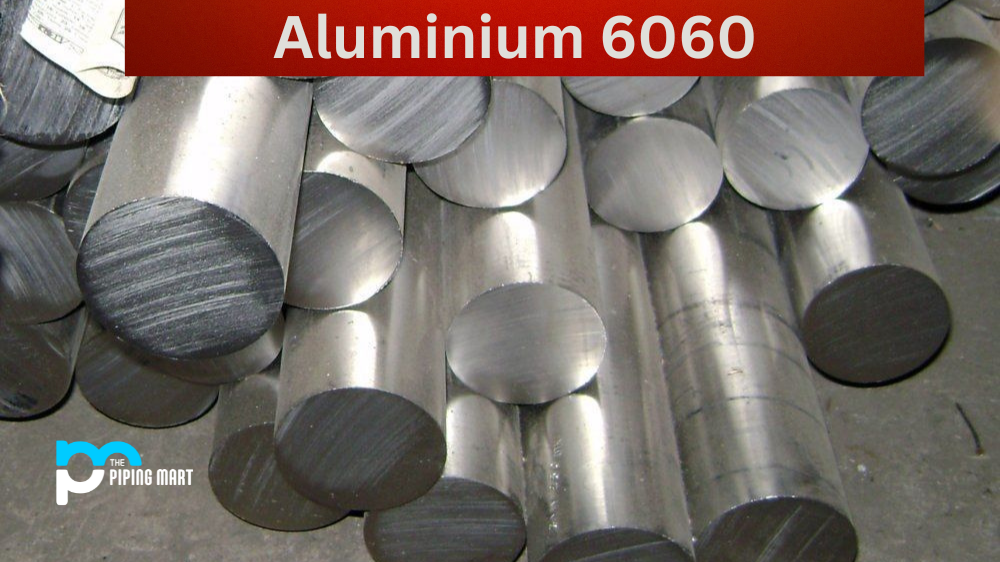Have you ever heard of 310Cb stainless steel? If not, don’t worry – you’re not alone. It’s a niche material that has a variety of uses in various industries. Today we’ll take a look at what makes it so special and why it can be beneficial to use in different applications.
AISI 310CB Composition
S31040 is an alloy composed of iron, chromium, nickel, and carbon. Its composition gives it the ability to resist corrosion and oxidation even in extreme climates, making it useful for outdoor applications. This alloy also offers excellent creep resistance, meaning that its strength will remain stable under high-temperature conditions. In addition, 310Cb stainless steel has excellent welding properties and is resistant to scaling from heat exposure.
| Elements | Min.(≥) | Max.(≤) | Similar | Remarks |
|---|---|---|---|---|
| C | – | 0.08 | ||
| Si | – | 1.50 | ||
| Mn | – | 2.00 | ||
| P | – | 0.045 | ||
| S | – | 0.03 | ||
| Cr | 24.00 | 26.00 | ||
| Ni | 19.00 | 22.00 | ||
| Nb+Ta | – | 1.10 |
AISI 310CB Physical Properties
AISI 310CB SS has a melting point ranging from 1350-1400°F (732-760°C) and an electrical conductivity between 10-20% IACS (International Annealed Copper Standard). It also has a thermal expansion coefficient between 8-9 μm/m °K (10 -6 m/m °F). These physical properties make 310Cb stainless steel especially suitable for applications where materials must withstand high temperatures or where frequent temperature changes occur.
| Property | Density kg/dm3 |
Temperature T °C/F |
Specific heat J / kgK |
Thermal conductivity W/mK |
Electric resistance µΩ·cm |
|---|---|---|---|---|---|
| 956 (≥) | 428 (≥) | 31 | 31 | 44 | Solution and Aging, Annealing, Ausaging, Q+T,etc |
| Temp. °C/°F |
Creep strain limit (10000h) (Rp1,0) N/mm2 |
Creep rupture strength (10000h) (Rp1,0) N/mm2 |
– | – | – |
| 738 | 237 | 226 | – | – | – |
AISI 310CB Mechanical Properties
SAE 310CB possesses excellent mechanical properties such as toughness and ductility, which allow it to be used in applications requiring these attributes. In terms of tensile strength, 310Cb stainless steel has a minimum yield strength of 200 MPa (29 ksi) with an ultimate tensile strength of 750 MPa (109 ksi). It also has good fatigue resistance, which makes it ideal for components that require repeated loading or unloading cycles over time. This material is highly formable and can be worked into complex shapes without compromising its structural integrity or performance.
| Yield Rp0.2 (MPa) |
Tensile Rm (MPa) |
Impact KV (J) |
Elongation A (%) |
Reduction in cross section on fracture Z (%) |
As-Heat-Treated Condition | HBW |
|---|---|---|---|---|---|---|
| 666 (≥) | 161 (≥) | 12 | 41 | 11 | Solution and Aging, Annealing, Ausaging, Q+T,etc | 443 |
AISI 310CB Equivalent
- 310SCb
- 310Cb
- A 167 Type 310Cb
- A 213 TP310Cb
- A 240 Type 310Cb
- A 249 TP310Cb
- A 276 310Cb
- A 312 TP310Cb
- A 358 310Cb
- A 409 TP310Cb
- A 478 Type 310Cb
- A 479 310Cb
- A 813 Grade TP 310Cb
- A 814 Grade TP 310Cb
- A 943 TP310Cb
- A 959 Type 310Cb
- SA-213 TP310Cb
- SA-240 Type 310Cb
- SA-249 TP310Cb
- SA-276 310Cb
AISI 310CB Uses
310Cb steel is a versatile alloy that finds its uses in industries across the board, from petrochemical and automotive to food processing and nuclear reactors. Its high-temperature oxidation resistance, formability, and strength make it ideal for applications that require resilience in extreme conditions – from convection ovens to industrial furnaces. Even sulfide attacks can be resisted with 310Cb wholeheartedly thanks to its superior corrosion-resisting ability. This legendary stainless steel leads the pack when it comes to serving as a heat shielding material, thanks to its excellent slow-creep properties at high temperatures. Designed with multiple advantages like improved creep resistance and better fatigue strength, 310Cb proves its mettle in countless production and manufacturing processes.
Conclusion
In conclusion, 310Cb stainless steel is an alloy with many benefits that make it well-suited for various industries, including automotive manufacturing, aerospace engineering, construction and more. Its composition allows it to resist corrosion and oxidation as well as retain its mechanical properties in high temperatures, while its formability enables complex shapes to be formed without compromising structural integrity or performance. Regardless of your application needs, 310CB stainless steel may have the characteristics you need to get the job done right!

Pipingmart is a B2B portal that specializes in metal, industrial and piping items. Additionally, we share the latest information and information about materials, products and various types of grades to assist businesses that are involved in this business.




